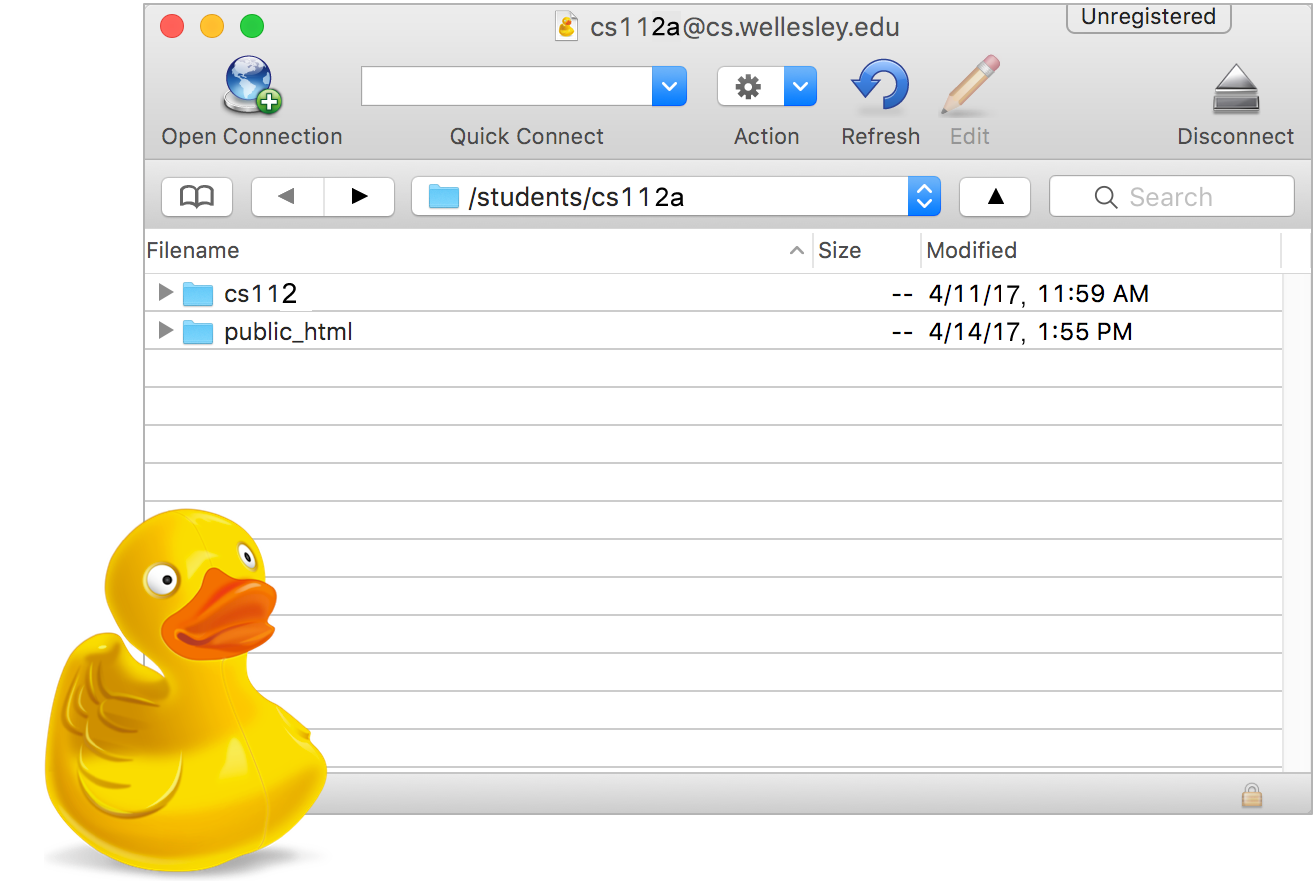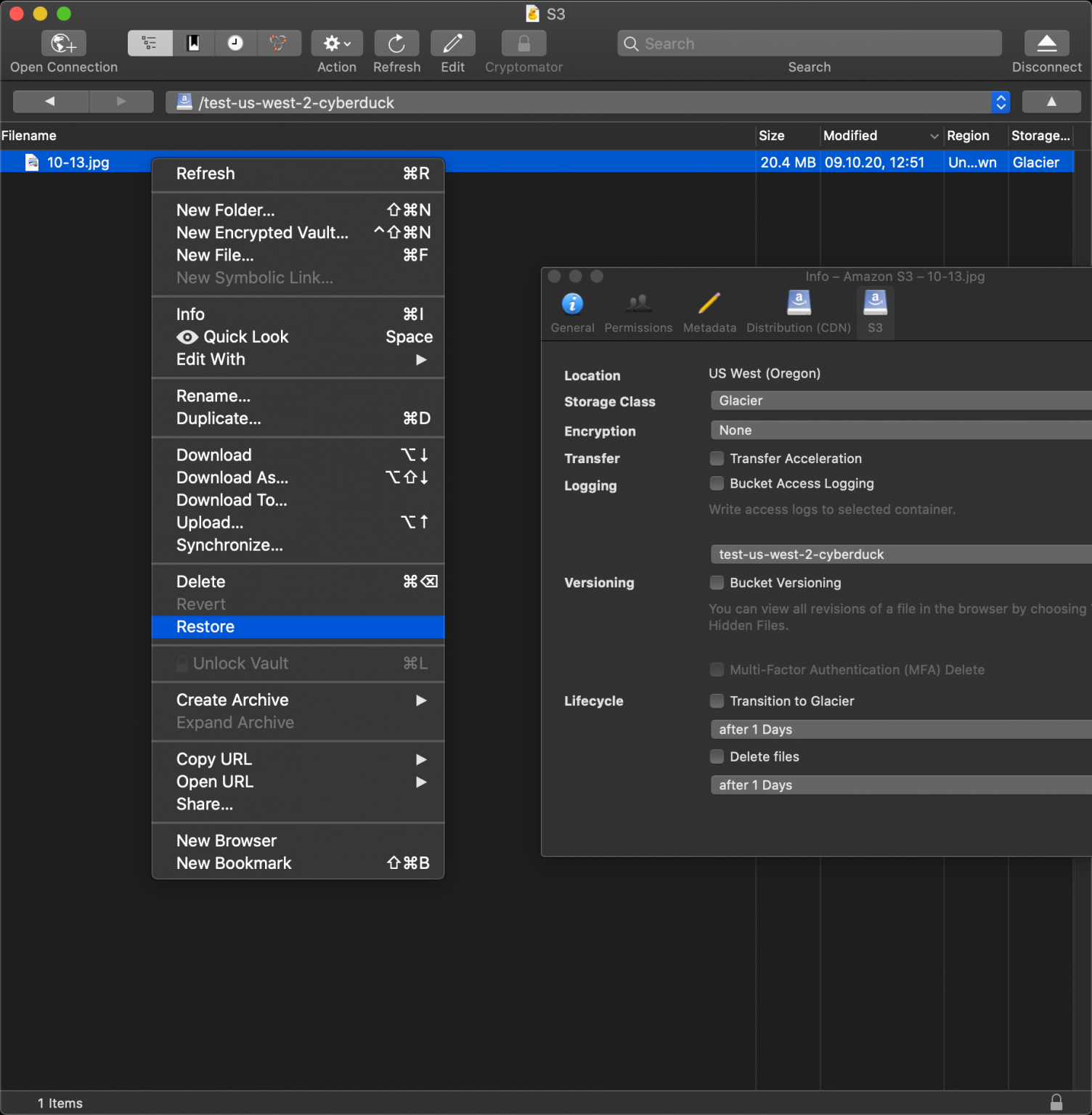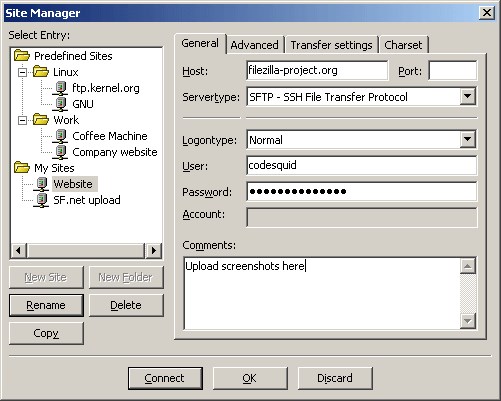

Source: But not really First, we need to understand the Open Systems Interconnection (OSI) Model Data gets split into packets and makes it way back to the client. This backbone consists of big routers with high bandwidth computers.Īfter moving through the internet backbone, you will reach the server that has the file. That neighborhood WAN connects to an even bigger WAN, and so forth, until you hit the NSP (network service provider) internet backbone. This may be a regional router for your neighborhood. The LAN connects to a WAN (wide area network), which is likely a router run by your Internet Service Provider (ISP). If you're using a laptop to connect to the internet, likely you're connecting to a Wireless (wifi) Router. TCP/IP handles this issue.Ī client connects to a LAN. Since packets can take different routes to get to their destination IP address, packets can get out of order.This destination format is defined by IP, and every computer has its own IP address.Each packet contains a destination address, so routers know where to send the item.Messages too big for message switching? Not a problem! Break them up into little pieces called packets. Downside: message switching can run into problems when the size of the message is big.Upside: message switching is extremely flexible.Message switching: when the data takes multiple stops (hops) to get from its starting point to its end point.Now that we have split up the network, data may take multiple stops to arrive at its final destination.

Things get trickier when more and more computers get added to the network.When traffic increases, two computers may try to send information at the same time.Computers listen for the their address for the header.

How the series of tubes that make up the internet actually work


 0 kommentar(er)
0 kommentar(er)
